Our signature pineapple tarts baking kits are coming back soon!
- About Us
- CHRISTMAS KITS
-
Baking Kits
- contact us
Our signature pineapple tarts baking kits are coming back soon!
June 13, 2020
When it comes to graters, we are usually referring to the ordinary box grater that is a common sight in our kitchens. A box grater comes with four sides, with different grating plates on each side.
Besides the box grater, another grater that is a must-have in many kitchens of professional chefs and bakers is the microplane grater.
A microplane grater is much smaller and sleeker than its bulky box grater cousin, making it compact enough to fit into your kitchen cabinet.
It is also known as the rasp grater, and it comes in various sizes. Besides zesting citrus fruits, a microplane grater also serves many other purposes, even ones you’ve never thought of!
This multifunctional tool might not be the fanciest in the kitchen, but don’t let its appearance fool you. When used the right way, a microplane grater will make cooking and baking much more practical and enjoyable.
Read on to find out the ways a microplane grater can be used for all your shredding, grating, and zesting needs in the kitchen!
While we use the microplane grater for culinary purposes these days, did you know it actually originated as a tool to give a smooth finish to woodworks?
Since then, people started to uncover more purposes of the microplane grater.
Since it is practical and compact, the microplane grater proved to be very helpful in the kitchen. It can even replace the functionalities of some common kitchen tools.

A microplane grater comes with fine blades, which allows it to shave much more finely and consistently as compared to a traditional box grater.
Because of the sharp and precise blades, a microplane requires less effort to use, and produces fluffier results.
We can use the microplane grater to grate in both directions. That's what sets it apart from the regular box grater! It’s also equipped with a non-slip grip and blade cover to ensure safety.
From shaving chocolate to grinding spices, owning a microplane grater can help you save a lot of time and effort in the kitchen.
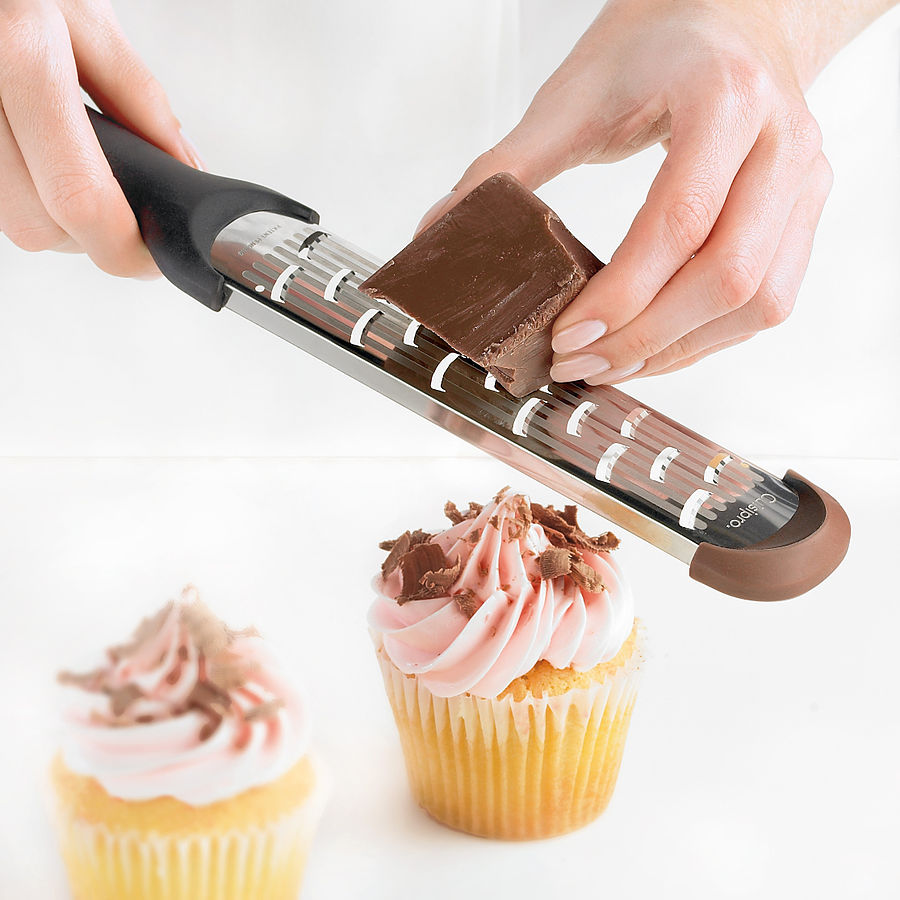
Image source: Wikimedia Commons
One simple technique to elevate the looks of your baked goods is finishing them with a shaving of chocolate.
Besides aesthetics, shaving chocolate atop your desserts also imparts a smooth chocolate taste that lingers in every bite.
If you’ve only been using a regular grater to shave chocolate, try doing the same using a microplane grater and see what difference it brings!
The fine edges of a microplane will help you achieve super-fine shards of shaved chocolate that melt in your mouth.
If you’re trying out our S’mores Bites, try grating the chocolate filling with a microplane grater to ensure that the chocolate filling melts smoothly and evenly.
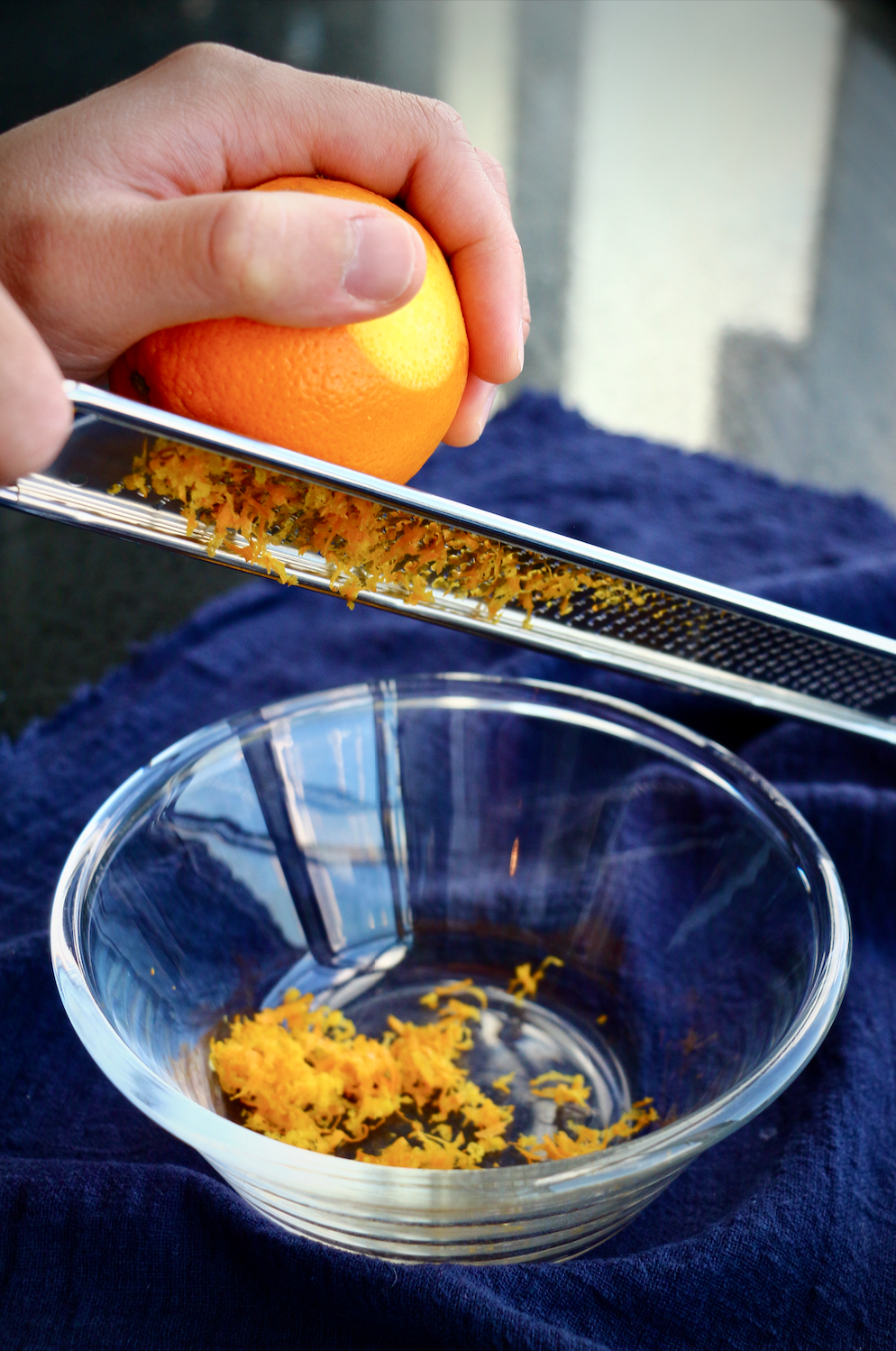
A popular way of using a microplane grater is zesting citrus fruits.
Using a microplane grater will give you fine tufts of citrus zest easily, without removing the bitter white pith of your lemons and oranges.
The fine zest will perfume and add incredible flavour to your baked goods, just like how it is used in our Orange Cupcakes with Orange Cream Cheese Frosting!
Burnt cakes and muffins are probably one of the worst baking mishaps you might face in your kitchen journey.
It makes your baked goods taste bitter, does not look good, and should not be eaten.
There’s no way you can reverse what has already happened, but instead of throwing the food away, you can easily salvage burnt sweet treats by scraping them off lightly with a microplane grater.
This is especially useful for salvaging toasts that are slightly charred.
If the burnt part is only on the surface, you can save your toast by gently grating the top layer off with your microplane.
Doing this should reveal a clean, golden brown piece of toast that you can now enjoy!
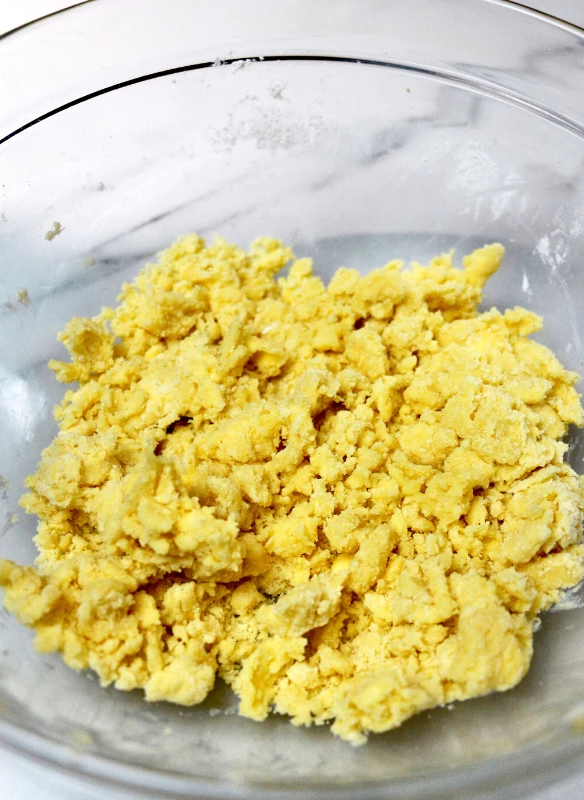
Grating cold, hard butter straight out of the fridge is another way to incorporate butter with your dry ingredients—a common way for making pie crusts, tarts, and crumble.
Keeping the butter cold is key to flaky pie and pastry crusts, as the cold butter melts in the oven to produce steam, lifting your pie layers for a flaky product.
Grating cold/frozen butter into small pieces into flour allows you to rub and toss the mixture together quickly, preventing the butter from getting too soft before you’re done.
If you’re not rubbing butter into flour, you can also use a microplane grater to bring cold/frozen butter to room temperature quickly.
To speed up the butter softening process, run cold butter up and down your microplane grater.
This breaks up the butter into small shreds which will soften much faster than if it was in its original stick form, due to the larger surface area of the shreds.
Grated cold butter is also more spreadable, so you can also use this method if you have a sudden craving for buttered toast!
Indeed, a garlic press comes in very handy anytime you need to mince garlic.
All you have to do is put in the garlic cloves, squeeze, and the garlic comes out finely chopped. However, cleaning up a garlic press isn’t always that easy!
Instead of having to dig out all the residue stuck in the nook and crannies of a garlic press, try grating garlic using a microplane grater.
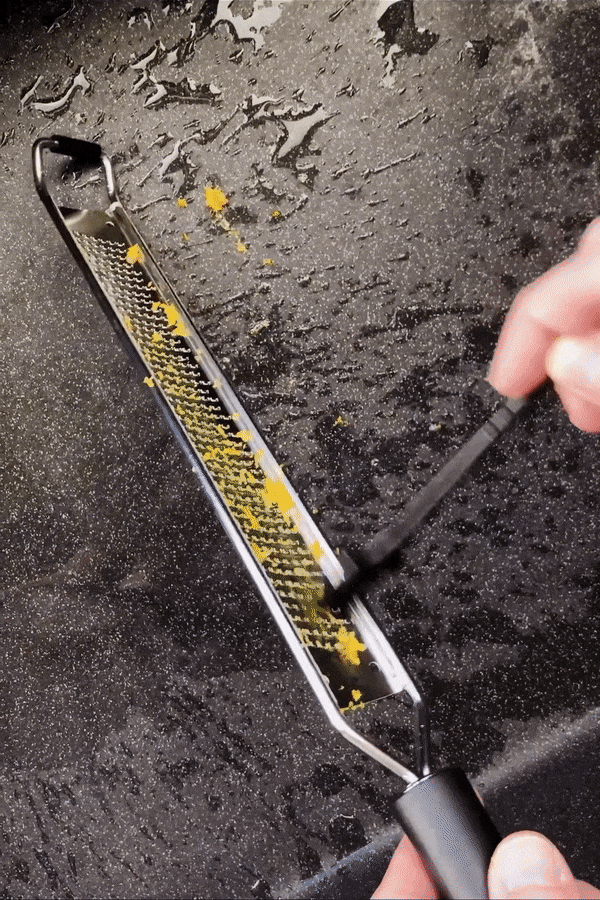
Some microplane zesters come with a waterproof brush that can reach into the crevices of your zester very easily, so you don’t have to worry about the cleaning.
Grating the garlic will give it a texture resembling a smooth paste, allowing it to blend even better into your dishes. You can also apply this trick on shallots and ginger.
Some dishes are not complete without a shaving of cheese on top. A microplane grater will save you the hassle of handling and using a bulky box grater!
Simply take your favourite parmesan cheese block and rub it against your microplane grater, directly over your plate of pasta.
What you’ll get is a pile of soft, pillowy cheese. Hard cheeses like Parmesan and Romano are the best options for grating, but feel free to use your favourite kind!
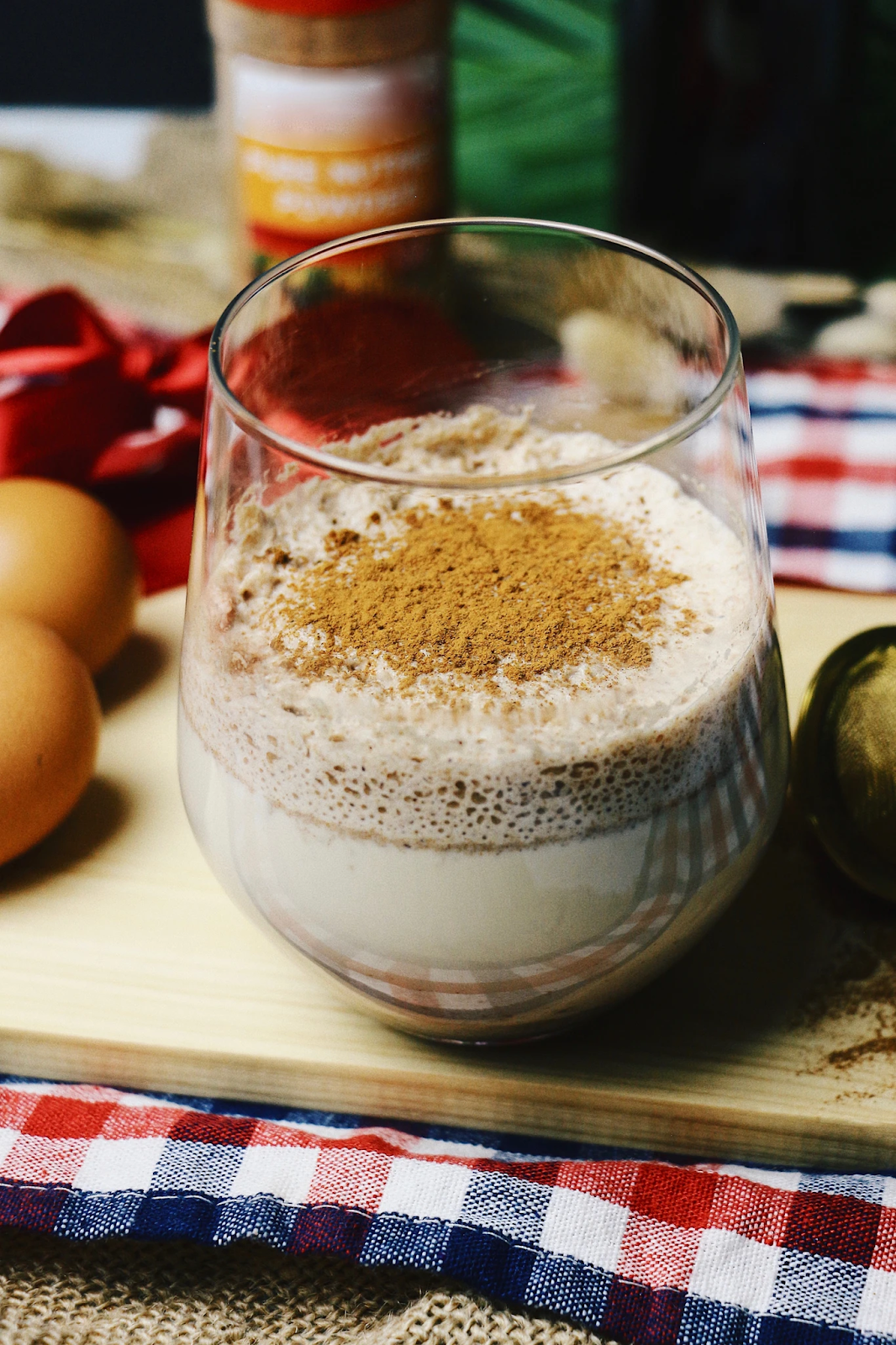
Adding spice to your food can often bring your dishes to the next level by adding depth of flavour.
Sometimes, a dash of cinnamon or nutmeg is all you need to instantly elevate the flavors of a dish.
Freshly ground spices have a more intense aroma than dried ones, but using a mortar and pestle or spice grinder can be very troublesome if we only need a small amount, such as for topping your eggnog.
In this case it's way more practical to use a microplane grater!
A microplane grater is certainly a good investment for your kitchen whether you cook or bake. It does more than just grating ingredients, and its convenience and functionality can help to improve your dishes dramatically!
Apart from the 8 things we mentioned above, there are many more ways that you can creatively utilise a microplane grater. Got an innovative way for using it? Let us know in the comment section below!

If you’re looking for a microplane grater for your kitchen, you can check out the microplane grater we use. It comes with a stainless steel shaft with fine edges, along with a handy brush for cleaning.
Got a microplane? Here are some ways you can use it:
Comments will be approved before showing up.
January 03, 2024
